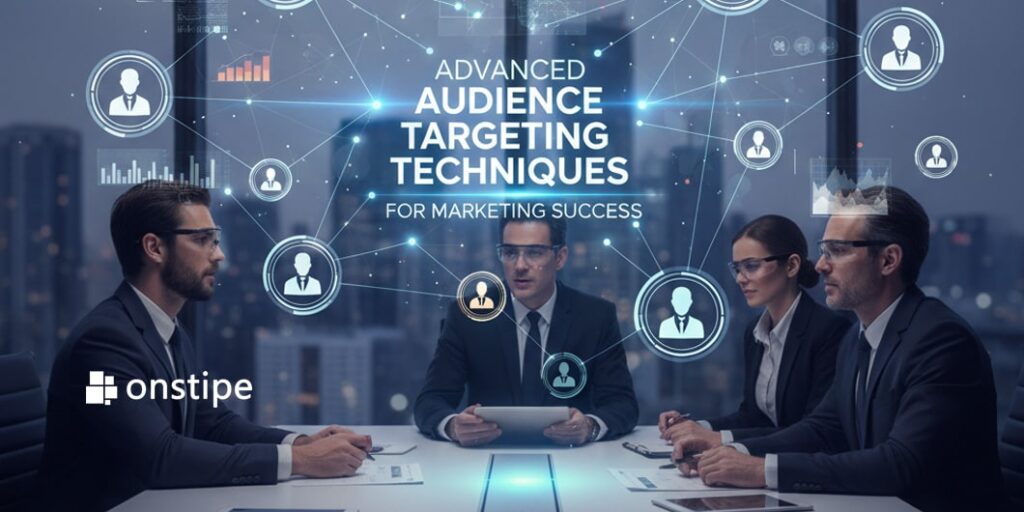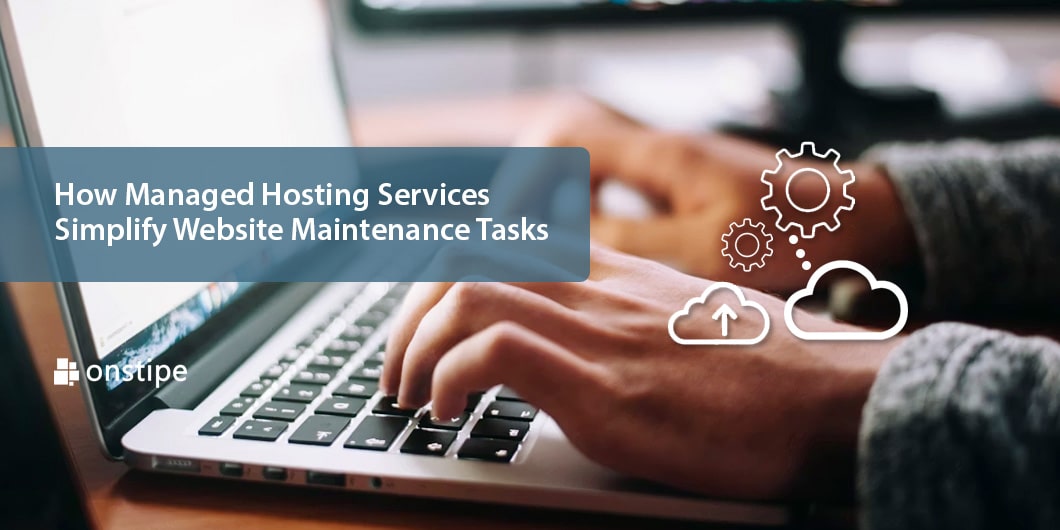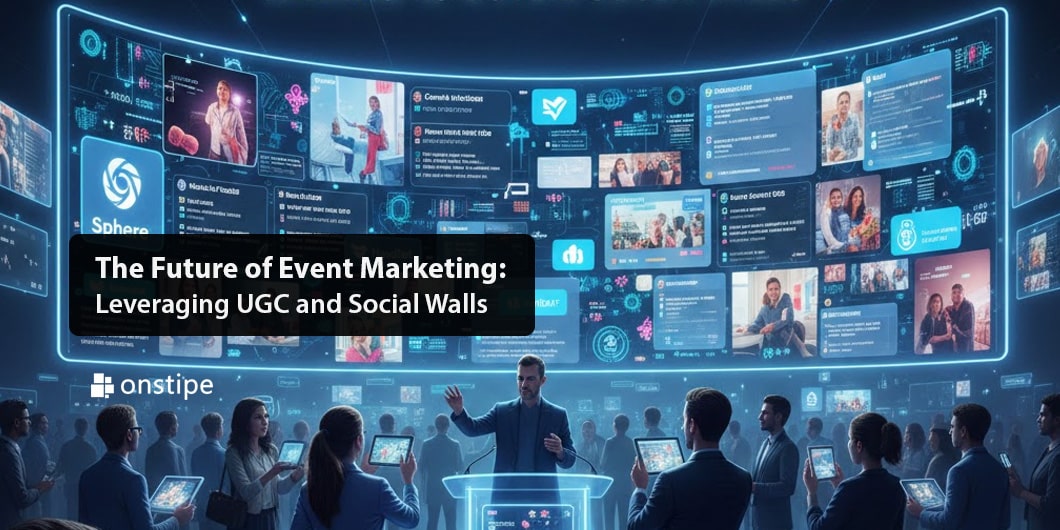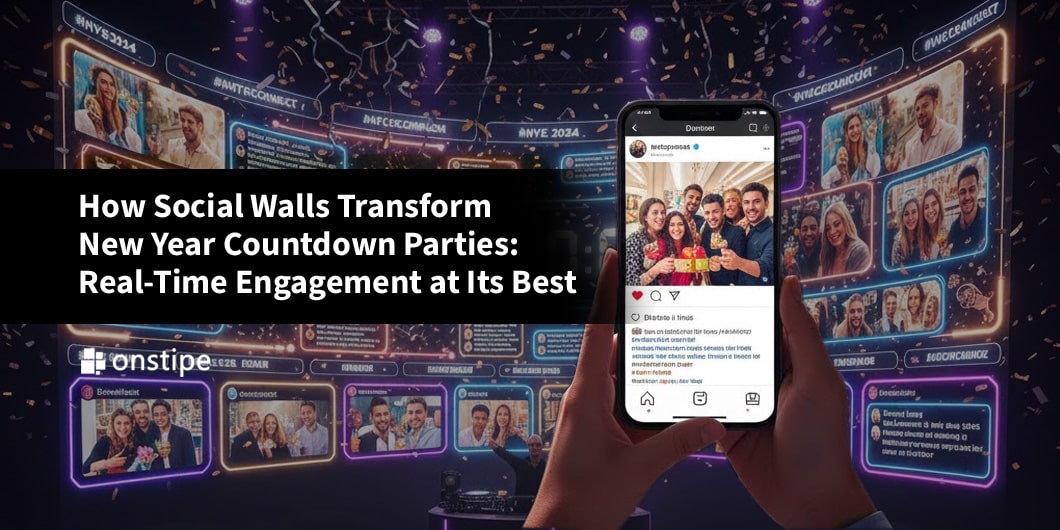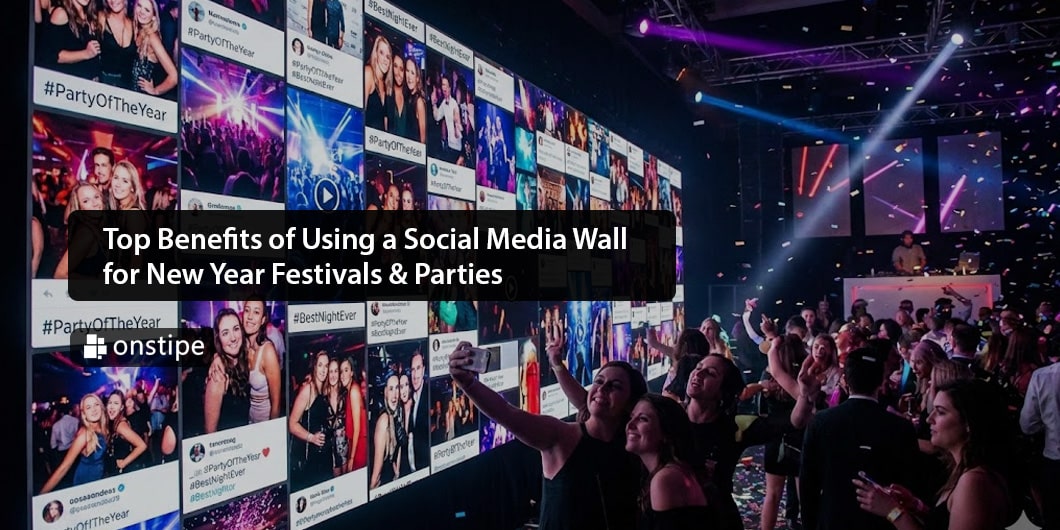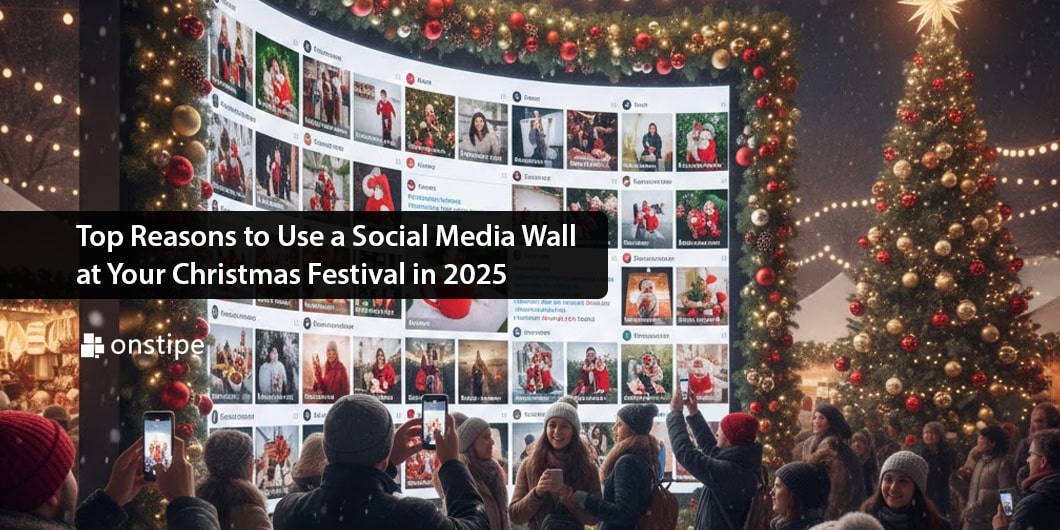Marketing teams burn through $37 billion every year on campaigns that miss the mark. Why? They’re still using targeting methods from 2010, hoping something sticks.
But here’s the thing: modern audience targeting isn’t about guessing anymore. It’s about understanding digital behavior patterns so well that you can predict what someone wants before they Google it. And companies that get this right? They’re seeing 47% better conversion rates while spending way less on customer acquisition.
Behavioral Segmentation: Reading Between the Digital Lines
Let’s be honest: knowing someone’s age and zip code tells you almost nothing. Two 35-year-olds living in Manhattan could have completely different lifestyles, budgets, and priorities. That’s why behavioral segmentation works so much better.
Think about it. Someone who buys organic dog food every month isn’t just a pet owner (they’re probably willing to spend extra on quality). Layer in their browsing habits, purchase frequency, and preferred shopping times, and suddenly you’ve got a real picture of who they are. These behavioral patterns reveal actual interests, not just demographic assumptions.
Intent signals are where things get really interesting. Someone downloading your whitepaper is researching; someone checking pricing pages might actually buy today. GoAudience’s solutions excel at spotting these high-intent buyers by recognizing subtle behavior patterns that most marketers miss. Companies using intent-based targeting see engagement rates triple compared to basic demographic targeting. Not bad, right?
Psychographic Profiling: The Why Behind the Buy
Demographics tell you who someone is. Psychographics tell you who they want to be (way more useful for marketing).
Take two people, same age, same income. One spends on experiences: last-minute flights, concert tickets, trying that new fusion restaurant downtown. The other? They’re maxing out retirement contributions and comparing insurance rates. Same demographic profile, totally different marketing approach needed. Social media activity, content preferences, and survey responses help decode these personality differences.
Brands that nail value-based targeting don’t just sell products; they sell identities. Patagonia knows this. They’re not targeting “people who need jackets” but environmentalists who happen to need jackets. According to Harvard Business School’s research, this philosophical alignment generates customer lifetime values nearly 3x higher than average. Turns out, people pay more for brands that share their values.
Predictive Analytics: Your Crystal Ball for Customer Behavior
AI changed everything about targeting. Machine learning algorithms now process millions of data points and spot patterns no human would ever notice. AI for data analysis provides solutions that harness the power of machine learning to process data and uncover hidden patterns within customer behavior.
B2B marketers love predictive lead scoring because it actually works. The algorithms track everything: company growth, new hires, technology changes, recent funding. They can tell you which companies will need your solution six months from now. Sales teams working these AI-qualified leads close deals 50% faster (and win way more often).
Lookalike modeling finds more customers just like your best ones. One software company I worked with assumed CTOs were their sweet spot. The algorithm disagreed: turns out operations managers at logistics companies converted way better. That single insight doubled their qualified leads. Sometimes the data surprises you.
Cross-Channel Attribution: Connecting the Dots
People don’t buy in straight lines anymore. They research on laptops, browse on phones, then purchase on tablets (usually at weird hours). Most analytics platforms think that’s three different people.
Identity resolution fixes this mess by connecting all those touchpoints to one actual person. Some platforms use email matching; others analyze behavior patterns and device fingerprints. The good ones achieve 94% accuracy, which means you finally understand the real customer journey.
Attribution modeling gets even more interesting. Most marketers still use last-click attribution, which is like giving all the credit to the person who scored the goal while ignoring everyone who passed the ball. Microsoft’s attribution research shows that multi-touch attribution improves marketing ROI by 15-30%, just by revealing which channels actually drive conversions. Those “useless” awareness campaigns? They start 70% of your sales.
Dynamic Creative Optimization: Different Ads for Different People
Static ads in 2025? That’s like using a flip phone. Dynamic creative optimization builds personalized ads instantly, testing thousands of combinations automatically.
Weather matters. Stock market matters. Local events matter. A travel company might show tropical beaches to Chicago during a snowstorm, ski resorts to Miami during a heatwave. These contextual tweaks boost click-through rates by 160%. Not because they’re clever, but because they’re relevant.
Real personalization goes deeper than “Hi, {FirstName}!” Different audiences need different messages entirely. CFOs care about ROI; IT managers worry about integration; end users just want something that works. Same product, three completely different stories.
Privacy-First Targeting: The New Reality
Third-party cookies died. Apple and Google killed them. Marketers who haven’t adapted are struggling hard.
First-party data is gold now. Companies building customer data platforms maintain targeting power without being creepy. Even better? Zero-party data (stuff people voluntarily share through quizzes or preference centers) gives you psychographic insights with explicit permission.
Contextual targeting is back, surprisingly. Instead of stalking users across the web, you target the content they’re reading. AI analyzes page topics, sentiment, even images to place relevant ads. Tech Times research proves contextual targeting performs almost as well as behavioral targeting, minus the privacy headaches.
Google’s Topics API represents the middle ground: grouping users by interests without exposing individuals. You can target “fitness enthusiasts” without knowing Bob from accounting visits gym websites daily. Early tests show 95% effectiveness of behavioral targeting with zero privacy violations.
Measuring What Actually Matters
Impressions don’t pay bills. Clicks don’t either. Modern measurement focuses on business impact: revenue, lifetime value, actual growth.
Incrementality testing proves what really works. Hold-out groups show what happens without your campaigns, separating correlation from causation. One retailer discovered their expensive retargeting wasn’t driving sales; customers would’ve bought anyway. They shifted the budget to finding new customers and acquisition jumped 40%.
Continuous optimization runs 24/7 now. Algorithms pause failing segments and boost winners automatically, adjusting budgets hourly based on performance. These systems consistently beat human media buyers by 25-35%. Ego-bruising? Maybe. Profitable? Definitely.
The companies still spraying generic messages at everyone are bleeding money. Meanwhile, smart marketers use these targeting techniques to find exactly the right people at exactly the right moment. The tools exist, the data’s there, and the results are undeniable. Question is: which side do you want to be on?

